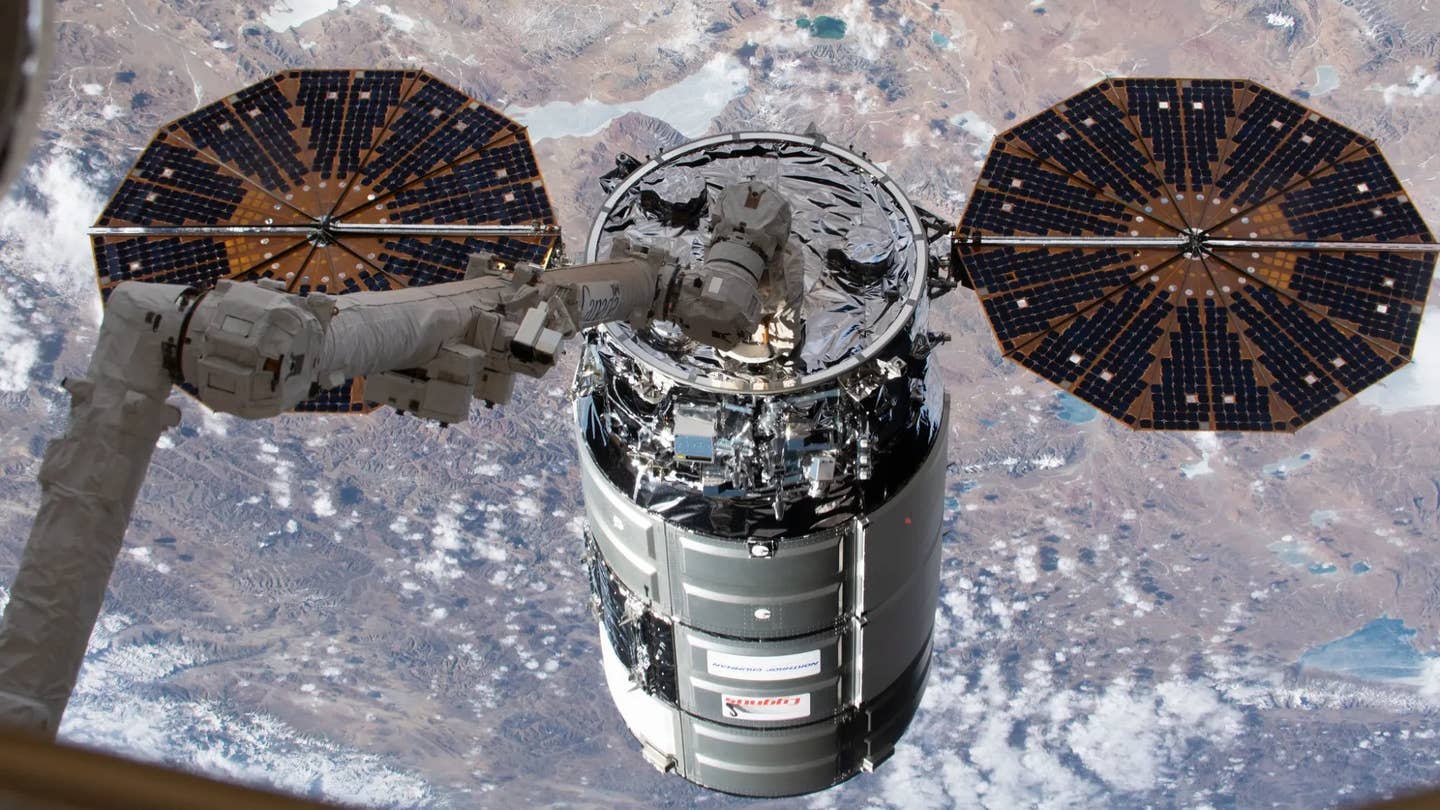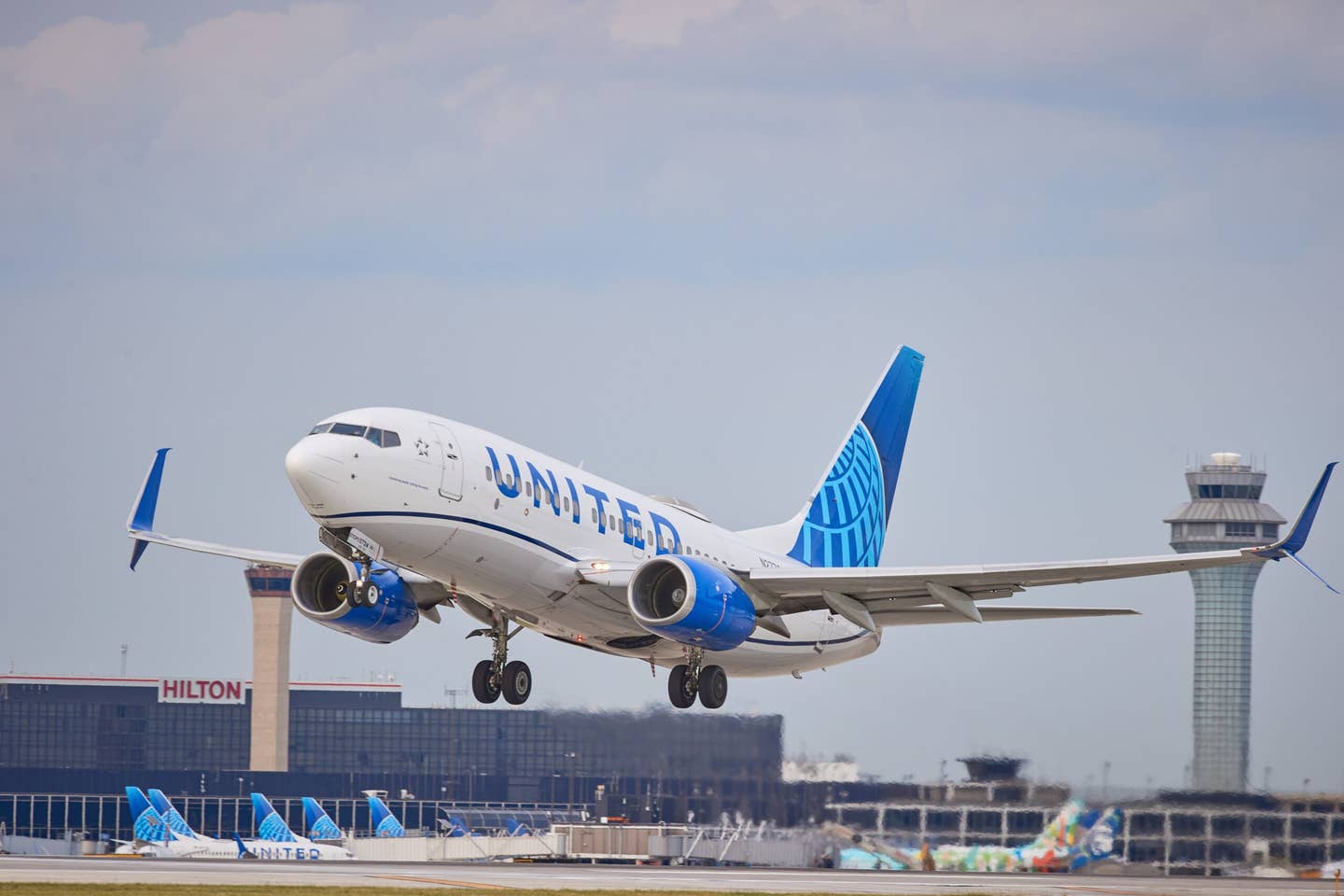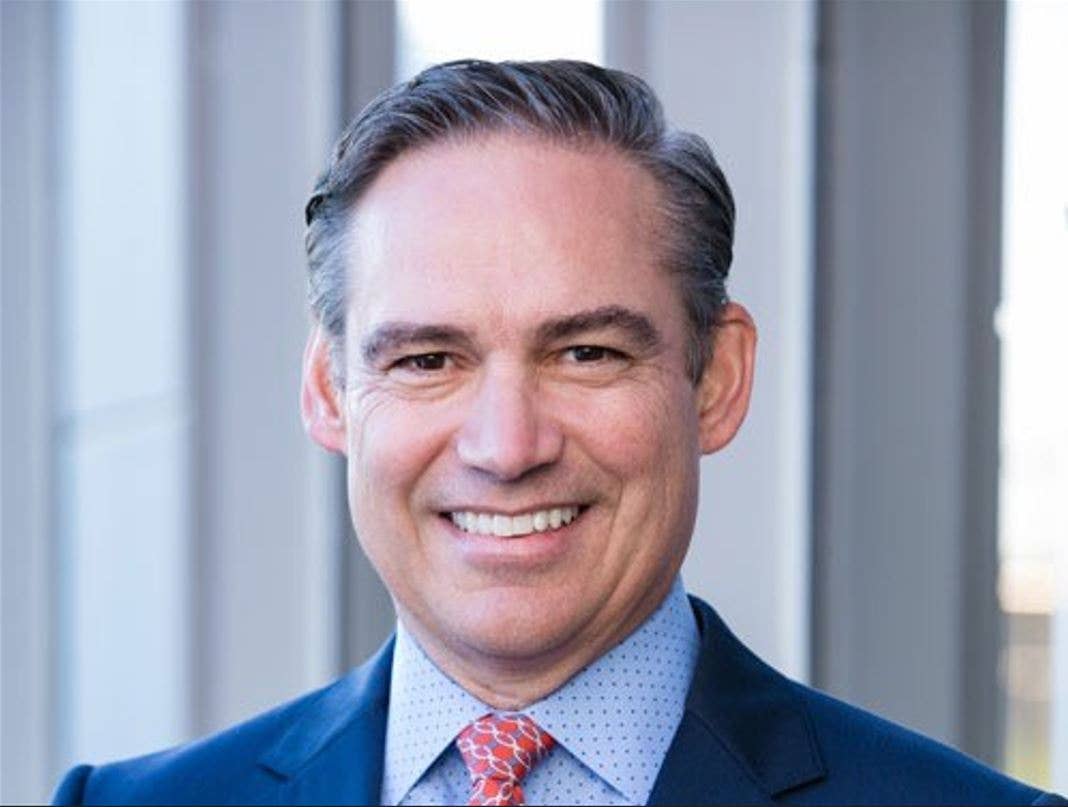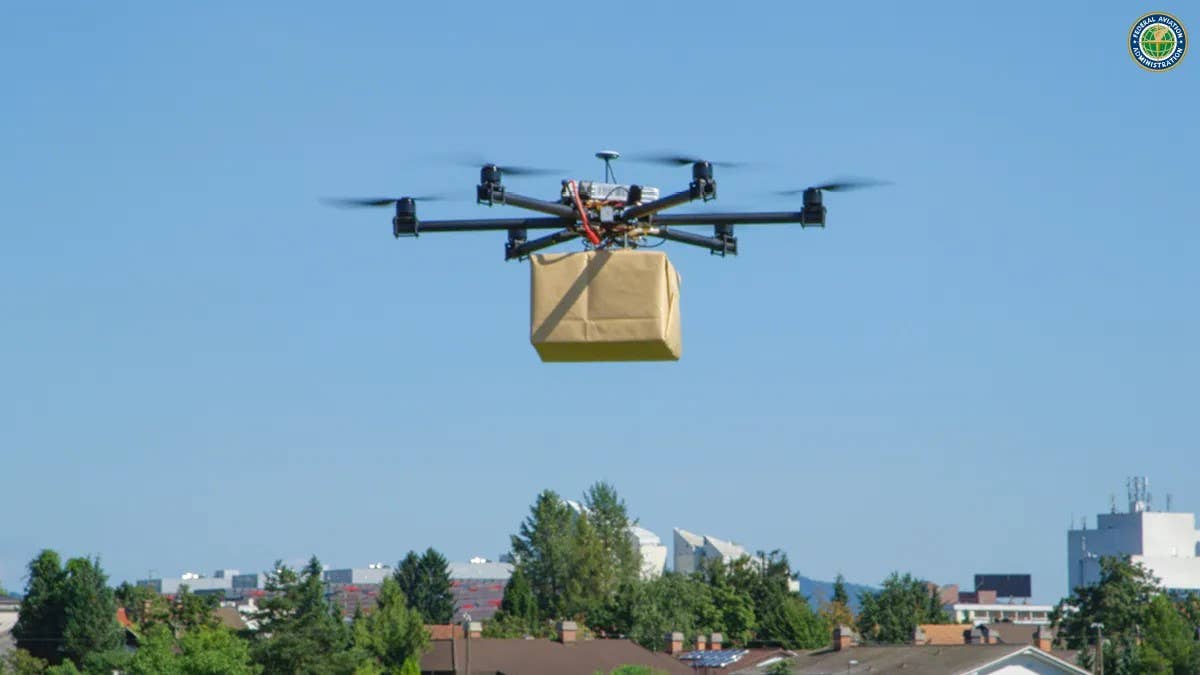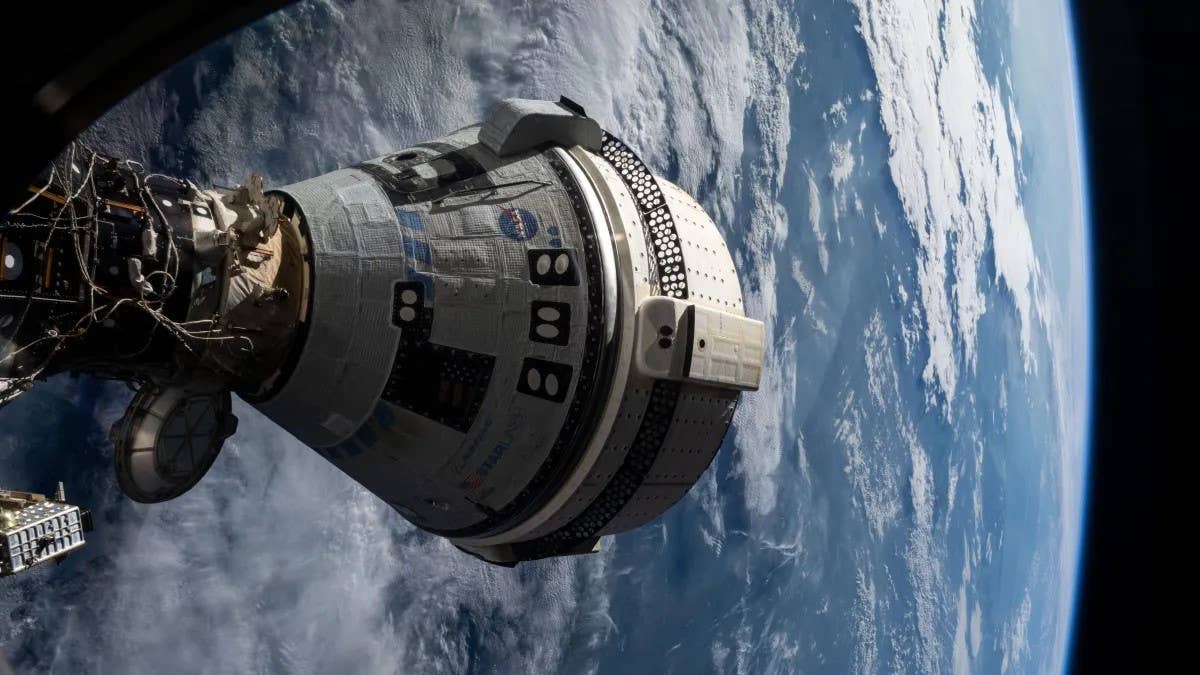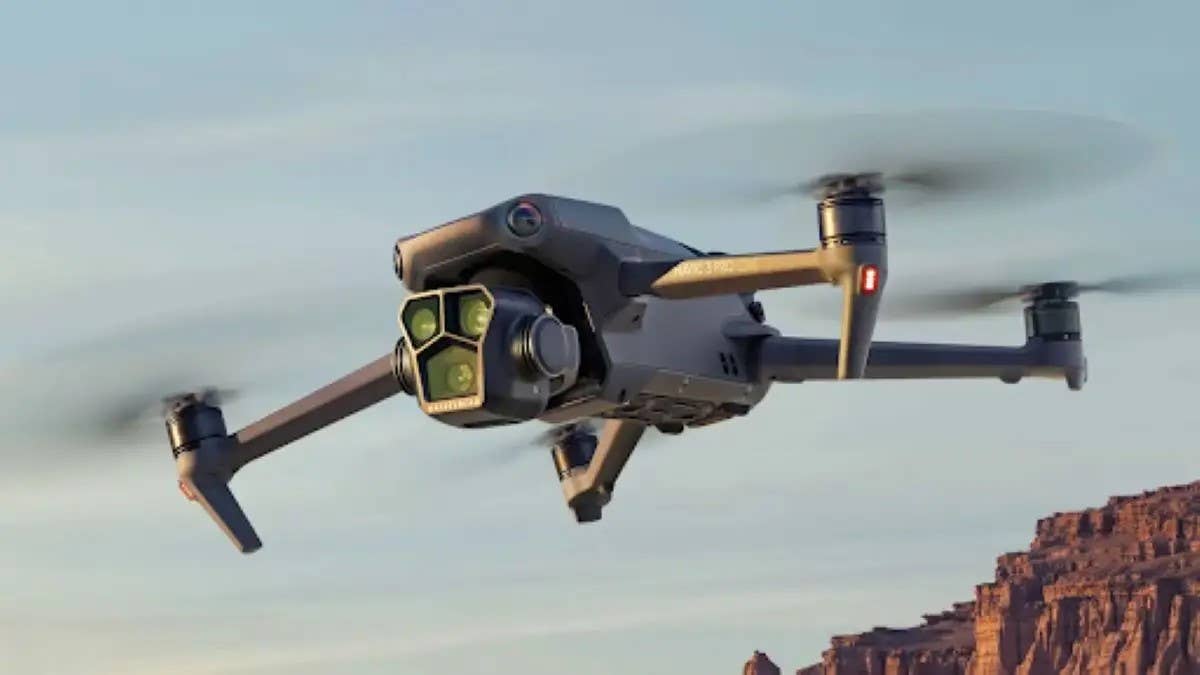Boeing Starliner Astronauts Give Earth-to-Orbit Update
For the first time since arriving at the International Space Station on June 6, NASA astronauts Butch Wilmore and Suni Williams spoke to the media.
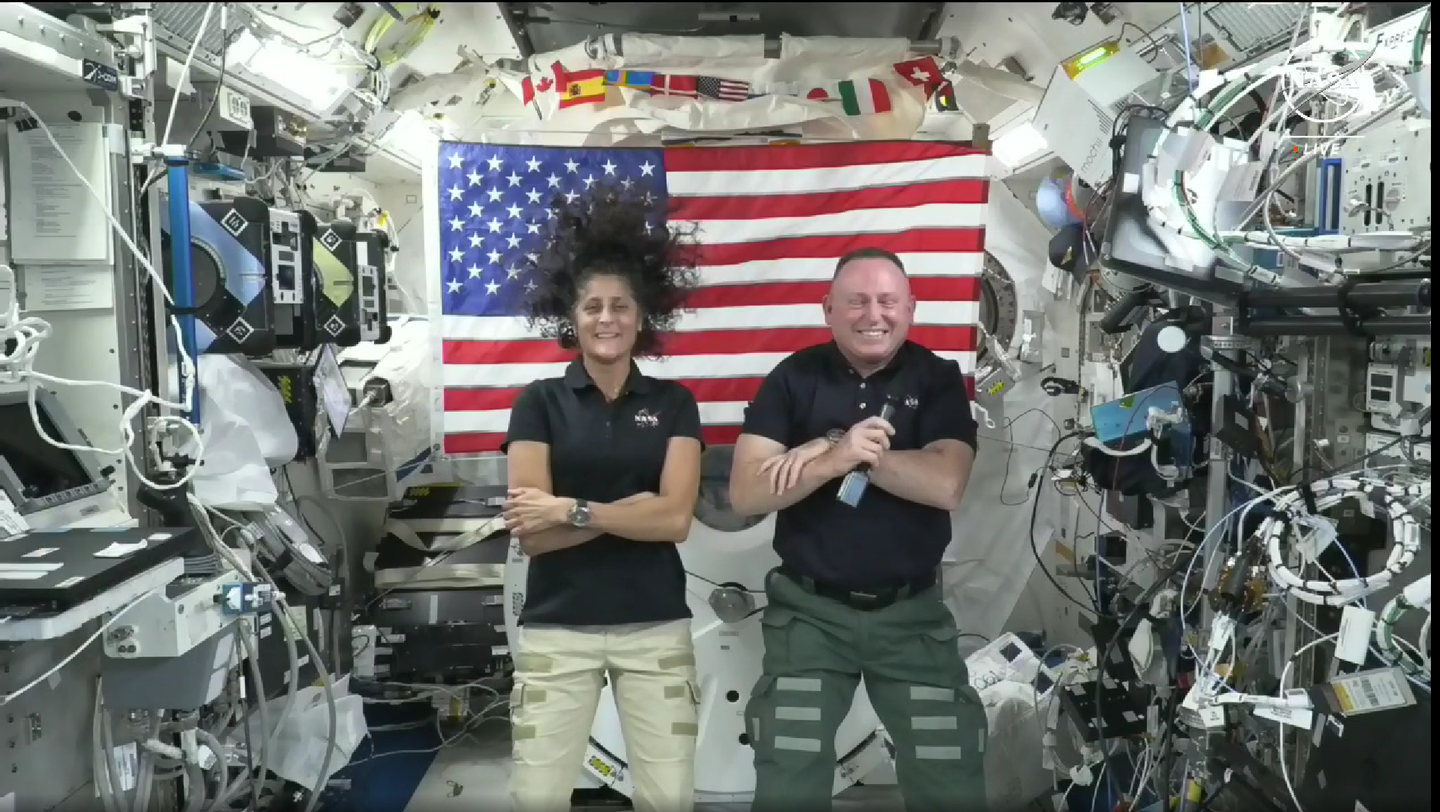
NASA astronauts Suni Williams and Butch Wilmore make an Earth-to-orbit call from the International Space Station. [Credit: NASA Livestream]
“Welcome aboard the International Space Station.”
For the public, those were the first words heard from NASA astronauts Butch Wilmore and Suni Williams—the crew of the space agency’s Boeing Crew Flight Test (CFT)—since they arrived at the orbital laboratory more than one month ago for an intended eight-day stay.
The Earth-to-orbit call between crew and NASA command was live streamed on the agency’s website. The event answered appeals from members of the media, made during a previous press conference, to see the astronauts on camera as concerns with Boeing’s CST-100 Starliner—which brought them to the ISS—continue to linger.
The spacecraft is contending with two key problems: helium leaks and deactivated or underperforming thrusters. The issues are concentrated within the spacecraft’s service module, which aids in maneuvers such as docking and undocking with the ISS.
NASA and Boeing have indicated that Starliner has more than enough helium to make it home but are continuing to assess the root cause of the leaks. During a hot fire test after docking, four out of the five affected thrusters performed as expected. The fifth was deactivated for the remainder of the mission.
Williams and Wilmore recounted their trip to the space station and the moment they realized that Starliner’s thrusters were not firing at full power. They also sang the spacecraft’s praises, with Wilmore even saying he was tempted to award his first perfect rating for its handling performance.
Separately, NASA and Boeing representatives held a press conference to provide the latest on ongoing ground thruster testing at White Sands Test Facility in New Mexico. Officials again did not provide a firm return date for Wilmore and Williams. But Steve Stich, manager of NASA’s Commercial Crew program, estimated that testing could wrap up by the end of the month, after which point teams will iron out a timeline.
Engineers hope to conduct as many evaluations as possible while the semireusable spacecraft, designed to survive 10 missions, is in orbit. Starliner’s service module, the expendable component of the spacecraft, will be jettisoned and lost as it reenters Earth’s atmosphere.
Astronauts Phone Home
Williams and Wilmore on Wednesday made their long-awaited first appearance on camera since arriving at the ISS on June 6, recounting the CFT’s progress so far.
“Launch was spectacular,” Wilmore said, adding that the spacecraft performed “unbelievably well” during operational capability checks.
However, on the second day of their journey to the ISS, the astronauts could tell something was amiss. As Starliner approached the orbital lab, a total of five reaction control system (RCS) thrusters on its service module either turned off or did not fire at intended strength. Williams and Wilmore commandeered the capsule manually for about one hour as teams on the ground assessed the issue.
“From that point on, you could tell that the thrust was degraded,” Wilmore said. “But it was still impressive.”
Even with less-than-optimal performance, the thrusters completed what Wilmore described as a perfect maneuver as they navigated the final 10 meters to dock Starliner with the space station.
According to Williams, the astronauts talk with mission crews once per week to share and analyze the data they’ve collected. She highlighted the capsule’s ability to serve as a “safe haven” in the event of an ISS evacuation—a role it fulfilled last month after a Russian satellite broke up in orbit.
“We are having a great time here on the ISS,” said Williams. “I’m not complaining, Butch isn’t complaining, that we’re here for a couple extra weeks.”
One question NASA and Boeing have received is whether Starliner could bring Williams and Wilmore home right now. Officials insist it could, but only in an emergency situation that would require the ISS to be evacuated. The astronauts were asked about their confidence level in that scenario.
“I feel confident that, if we had to—if there was a problem with the International Space Station—we could get in the spacecraft and undock, talk with our team, and figure out the best way to come home,” said Williams.
She later added, “I have a real good feeling in my heart that the spacecraft will bring us home no problem.”
Wilmore said he and his crewmate “trust the tests we are doing are the right ones we need to do to get us the right answers, to give us the data we need to come back,” adding that they are “absolutely ready” for a return based on current engineering data.
NASA could send a SpaceX Crew Dragon capsule—which has completed all eight ISS Commercial Crew rotation missions to date—to retrieve the astronauts should Starliner’s issues persist. On Wednesday, Stich said the space agency has not yet opened those discussions with SpaceX, though he did not rule out the possibility.
The astronauts also described their view of Hurricane Beryl from space, saying that their families—who live in Texas and were in the storm’s path—are doing well. Wilmore said he is “90 percent sure” he could see the storm forming off the West coast of Africa days before it was named.
The 20-minute call concluded with some zero-gravity backflips by Williams and a big, smiling thumbs-up from Wilmore.
NASA, Boeing Share More Info
Stich and Mark Nappi, vice president and general manager of Boeing’s Commercial Crew program, addressed the media following the astronauts’ remarks.
According to Stich, Starliner will need to undock before mid-August, when SpaceX’s Crew-8 team swaps with the incoming Crew-9. Williams and Wilmore will need to return a few days before the Crew-9 launch window opens. Starliner remains a “go” for return in an emergency scenario, officials said. But they prefer to wait until ground testing is complete before attempting a by-the-books return,
Stich estimated that hot fire testing at White Sands could “optimistically” wrap up by the end of July, though it could be extended. Teams are working toward a nominal return flight readiness review, standard for crew rotation missions, that would give the green light to finish the mission as planned.
Should more time be needed, NASA is in the process of approving a 45-day extension of the CFT, which is contingent on the health of Starliner’s batteries. According to Stich, those systems have shown no sign of wear and tear.
The goal of the test campaign is to recreate the firing pattern of one of Starliner’s faulty thrusters using an identical thruster—designed for a future mission—on the ground. Hot fire testing began on July 3, but Stich said crews have so far been unable to achieve the temperatures experienced by the thruster in orbit. Engineers believe the unusual firing pattern could be due to excess heat.
Teams will then attempt to predict how the thrusters might behave as Starliner undocks and flies home. Based on their learnings, they could modify the spacecraft’s flight path, deactivate certain thrusters, or fire them at different rates. Williams and Wilmore are capable of piloting Starliner manually if issues arise.
At the same time, Stich said White Sands personnel are evaluating the service module for Starliner’s inaugural crew rotation mission, Starliner-1, scheduled for February. The current service module has contended with a series of helium leaks, for which crews are attempting to uncover the root cause. Starliner-1’s service module won’t be redesigned, but Nappi said future models could incorporate changes based on the testing at White Sands.
The Outlook
Extended ISS stays are not necessarily uncommon, and the space station is designed to accommodate crew for months at a time if needed.
NASA astronaut Frank Rubio, for example, set a U.S. spaceflight record when his planned six-month mission was nearly doubled to 371 consecutive days aboard the orbital laboratory. Unlike Starliner, the Russian Soyuz capsule that ferried Rubio to the ISS was quickly ruled out as an emergency return vehicle, lending credence to the idea that Boeing’s issues are less severe.
However, NASA and Boeing face the added pressure of certification after close to a decade of delays to the Starliner program. In a prior press conference, Stich acknowledged that NASA and Boeing “understand it’s going to take a little bit longer” to certify Starliner than originally planned.
On Wednesday, the Commercial Crew manager said teams will decide between Starliner-1 or SpaceX Dragon’s Crew-10—which are booked for the same February launch window—once the CFT ends and postflight analysis is complete. The longer that takes, he said, the more likely it is that SpaceX will take over the mission.
Nappi agreed with that assessment, citing the need to understand and fix Starliner’s helium leaks as the biggest obstacle to certification.
NASA and Boeing said Wilmore and Williams will make one more Earth-to-orbit call before they depart the ISS, with more details to come.
Like this story? We think you'll also like the Future of FLYING newsletter sent every Thursday afternoon. Sign up now.

Subscribe to Our Newsletter
Get the latest FLYING stories delivered directly to your inbox

